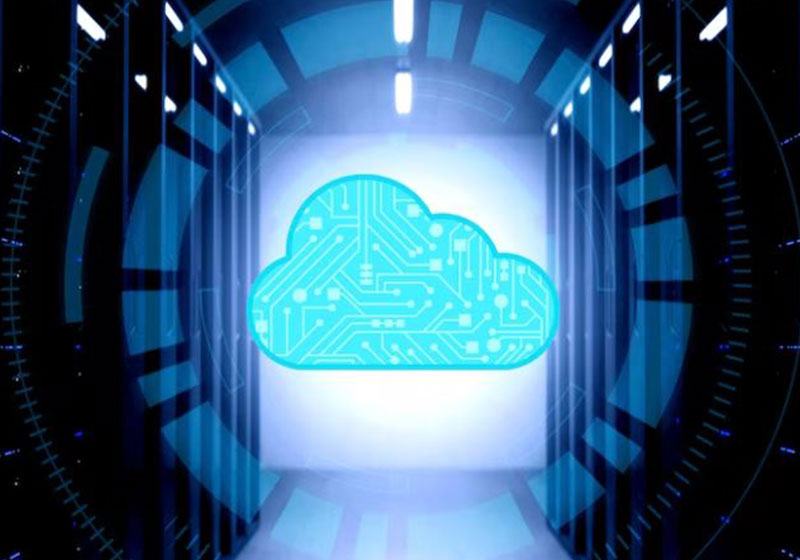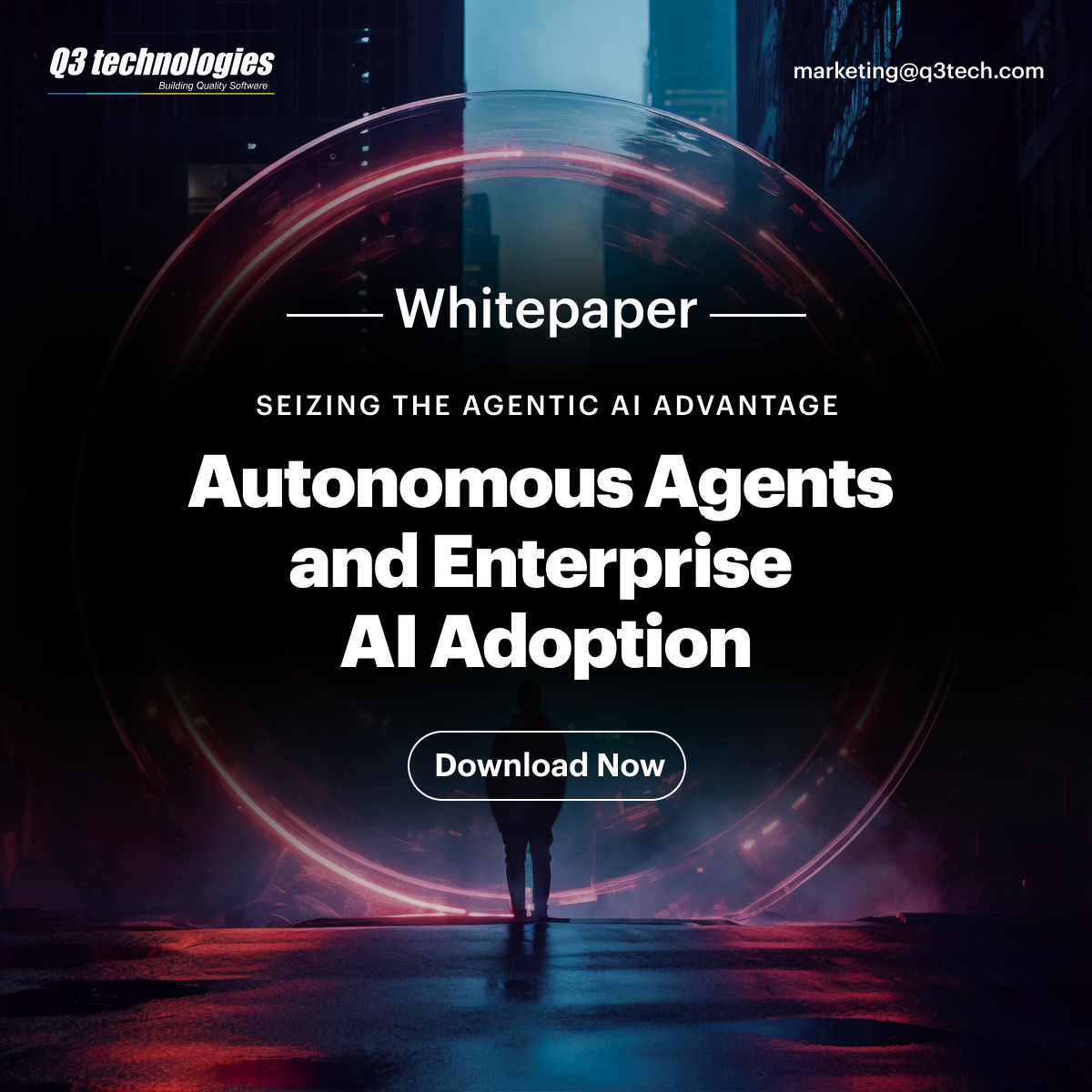Cloud Computing
10 Key Cloud Computing Trends to Watch in 2023
 Updated 01 Nov 2023
Updated 01 Nov 2023

Cloud computing services are the way to go for the IT industry. An on-demand supply of resources related to computer systems, like data storage or computing power, without needing any active or direct control of the user.
Let us first have an idea of why cloud computing over physical servers. Many cloud computing companies have been leveraging the benefits like increased business efficiency, no maintenance of physical servers, cost-savings, and more. Even after all these advantages, many organisations have not been deploying cloud computing services for more than two decades, and many still operate without it.
Based on the study conducted by International Data Group, around 69% of businesses have switched from physical servers to cloud computing, and if not, they are using cloud computing services in one way or another. Additionally, 18% plan to become a cloud computing company soon in the future.
On the other hand, the reports published by Dell lays out that companies that invest in cloud computing, mobility, big data, etc., generate around 53% faster revenue than others. This puts forth the fact that organisations (whether IT or from other sectors) and industry leaders prefer cloud computing for its immense business benefits.
From data released by Salesforce, about 94% of businesses claimed to experience improved security after moving to cloud computing services and said it met compliance requirements of the government.
Where Did Cloud Computing Come From?
A term that became popular in the last couple of years has transformed the way businesses now operate their data management system. Exponentially increasing data usage accompanies this changeover of the industry into the digital era. Yet it might be difficult for startups and other organisations to house all their sophisticated data and programs active in their in-house physical servers.
In fact, its solution has always been there since the beginning of the internet – cloud computing. And this is being recognized now.
How Does it Work?
Here is a classic example to understand how cloud computing works. Just like sending an email with an attachment. When you send a file via email, the receiver can view it without having to download it.
Moreover, most users use cloud computing without really deploying it for themselves, and some of those examples are Google Drive, MS Teams, Facebook, etc. Even though you have not bought a cloud computing service, you are enjoying it by using those apps that deploy cloud computing.
Those apps use cloud space to host users’ data. Thus, when a user shares a file like a photo, the server stores that information so users can access it as they want.
Who Uses Cloud Computing?
Wondering if you can use these services for your business even if it is not a tech company? Do not worry! Cloud computing services are for every business, irrespective of a business’s industry, type, and size. In today’s time, data holds more value than anything, which raises the demand for creating a backup. Data can be used for various business purposes. For example: studying the user history based on geography and demography to understand customers based on varied factors and then making the right decision for business growth.
The healthcare industry also uses cloud computing to customise and personalise treatments for their patients.
The banking sector uses these services to store data in a secured space. It also helps them to eliminate and keep track of real-time frauds.
The gaming industry uses it for its users to have a seamless online gaming experience without really having to download the game on their systems and yet keep the data stored.
10 Key Trends for Cloud Computing
1. Blockchain
You have already heard of it! It is a linked list of blocks that contains data records in blocks and increases as users add to it. Not only does it give high-end data security, but also provides transparency and decentralisation.
2. Cloud Gaming
Video games have been a trend since forever. Games keep changing, but the craze for games remains the same and keeps increasing. Big organisations like Sony, Microsoft, Amazon, etc., provide video gaming services to their users across the globe.
Online gaming users have higher bandwidth than those offline computer games. It is critical to keep the speed up and to run and enhance user experience, and this purpose is served by cloud computing services. Now that 5G is there, the gaming industry is moving toward its next level to serve a superior user experience.
3. Internet of Things
Abbreviated as IoT, Internet of things is a widely known technology heavily using cloud computing services. It creates and manages servers, computers, networks, and those devices that can connect to the internet. IoT acts as a mediator for establishing communications to experience real-time data collection from multiple remote devices.
4. Artificial Intelligence and Machine Learning
Termed as AI and ML, these are the two future-transforming technologies using cloud computing services. These require intensive computational power and space for storing data collection and training algorithms.
If physical servers and storage were used for these, it would have cost a fortune for companies adopting AI and ML. The expense of physical storage, data security, and dependency on maintenance would have been a problem. But with cloud computing it becomes a cost-effective solution that enhances business efficiency and customer experience.
And because either of the solutions, AI, or ML, is needed by every industry, it automatically indicates the significance of cloud computing. They hold and manage a huge volume of data to improvise the productivity of an organisation. These are transforming the customer experience and learning experience, increasing automation, and providing a secure, personalised experience.
5. Disaster Recovery
It is a process that helps companies to address anticipated IT-related disasters. These unforeseen anticipated risks are the downtime of IT systems due to various circumstances, like security issues, natural causes, or power blackouts.
Such situations can cause acute damage to any company, like revenue loss. Hence, the use of disaster recovery. It integrates processes to back up data, secure it, and restore it. Here, cloud computing offers a robust data storage and backup system.
6. DevSecOps
A cloud computing company enjoys seamless data management. Though it is secured, the risk of data breach remains there. The risks involve illegal invasion, network eavesdropping, service denial attacks, and much more.
Here, DevSecOps comes into the picture as it integrates with a company’s security infrastructure right from the start. It embeds the process and controls in the core security task automation.
7. Service Mesh
To provide customers with a dedicated service-to-service communication environment, businesses use service mesh to make it safe and fast. And a cloud ecosystem is the base of a service mesh to adapt to the ever-changing user needs.
8. Edge Computing
An optimisation method that uses a cloud network for processing data at the edge of the network closer to the source of data. Edge computing works in real-time using cloud space to process data that can be stored for long-term usage.
Telecom and IT companies are majorly converging with edge computing and anticipating numerous opportunities and solutions.
9. Serverless Computing
Emerging as a revolution in the computing industry, it computes resources on the cloud rather than physical servers. This architecture eliminates the hurdles caused in and by traditional IT infrastructure. With the integration of cloud services, firms do not require to purchase or rent servers to store and run data.
Instead, it dedicates a third party to manage your IT infra based on the cloud so you can focus on your business to derive productivity and profit.
10. Hybrid Cloud Solutions
A cloud computing company also uses a hybrid strategy to manage its IT infrastructure. This may combine private or public cloud servers, legacy platforms, and even physical servers. A combination of public and private space is used to derive various business needs depending on the requirements.
Types of Cloud Computing Services
All these trends use either of the three main cloud computing services that includes Platform as a service, Infrastructure as a Service, and Software as a Service. And each type offers a diverse level of flexibility, control, and management so businesses can use the one best suited for their requirements.
1. Infrastructure as a Service (IaaS)
It consists of the foundations of cloud IT architecture. Providing services like networking features, data space, and virtual and on dedicated hardware, IaaS provides you with the highest flexibility management level. Big IT organisations deploy IaaS as their cloud computing service.
2. Software as a Service (SaaS)
It offers a 360-degree product that is managed by its service provider. In simpler terms, SaaS is also referred to as an end-to-end user application. Once you deploy SaaS for your IT infrastructure, you can be worry-free about all the IT-related concerns as the services are maintained.
3. Platform as a Service (PaaS)
It eliminates the requirement to manage the existing infrastructure, especially if it includes hardware, and lets you focus on your applications. It enables you to be more productive and efficient for it manages resource procurement, software maintenance, capacity planning, patching, and more. It does the heavy lifting of the running applications.
Conclusion
With all these key cloud computing trends to watch in 2023, it is certain that cloud computing has transformed and is still progressing in Industry 4.0. It is the future for any business, irrespective of its sector and type. If a cloud computing company uses robust cloud services, it can deliver superior customer service with a lesser investment than is required for physical servers.
Visit our website or reach out to our expert team to know how we can help build a cloud solution for your business.
Explore More

Mobile Applications


